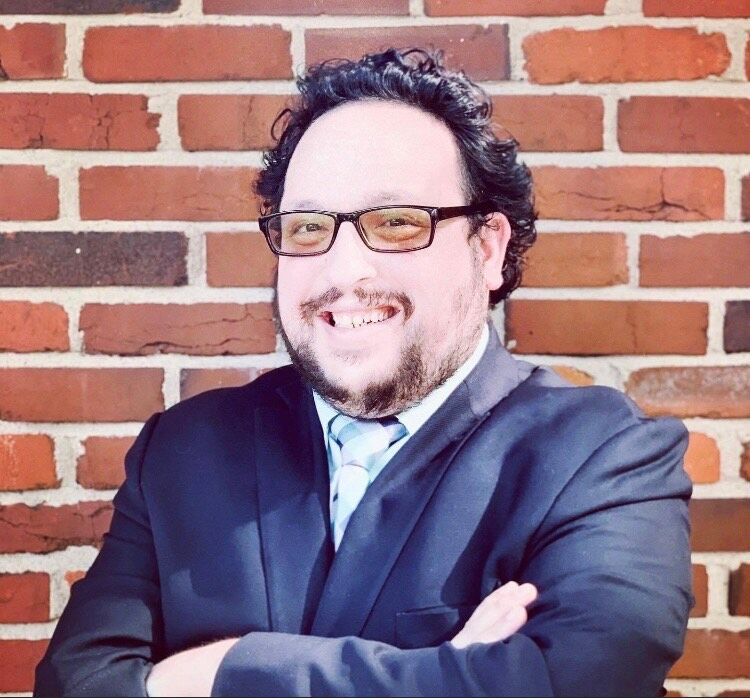Upcoming speaker with St. Louis roots will discuss Sephardic Jewish history
Published December 31, 2020
Isaac Amon’s interest in his family’s Sephardic Jewish history inspired him in 2018 to visit Istanbul, where he located the graves of his great-grandparents and his great-great-grandfather, a rabbi and mathematics teacher named Ishak Amon, for whom the descendant is named.
“It was very meaningful because, of course, I didn’t meet anyone above my grandfather” on the family tree “but I felt like I knew them through his stories,” said Amon, a 31-year-old attorney who grew up in St. Louis.
Now Amon will try to transport fellow members of Nusach Hari B’nai Zion through Sephardic Jewish history with a talk, “The Sephardic Story: From King Solomon to The Ends of the Earth,” at 7 p.m. on Wednesday, Jan. 6. The talk will take place via Zoom. For the link, visit https://www.nhbz.org/community-week-of-december-19-2020/
ADVERTISEMENT
Amon said he has always been a voracious reader of history, specifically of Sephardic history, because his family traces its history to the Iberian Peninsula before the expulsion of the Jews in 1492.
As such, he majored in history at Washington University and wrote his senior thesis on the Spanish Inquisition.
“I have always looked up to the legal system, to the rule of law as something that should protect all of us” and believed in principles such as the presumption of innocence and the right to remain silent, said Amon, who not only attended the Wash U law school but also earned a doctorate in law there. “A lot of the rights that are enshrined in our constitution and that we take for granted didn’t exist for much of human history, so the Inquisition in Spain really strikes me as fundamentally unjust because the procedural ways in which people were arrested, detained and denied access to the witnesses and evidence against them (made a) mockery of justice.”
While in Istanbul, Amon visited Neve Shalom Synagogue, where his grandparents married. He showed people there a picture of them and their ketubah, or marriage contract.
They directed him to the country’s chief rabbinate, where a translator helped Amon speak with the rabbis.
ADVERTISEMENT
The staff reviewed their archives and told Amon where he could find his great-grandparent’s grave sites, which, interestingly, were located in the Ashkenazi cemetery even though they were Sephardic.
Finding his namesake’s grave proved slightly more difficult. He walked down and across the street to the Sephardic cemetery. Staff there walked through the grounds with Amon, pouring water on the graves, which were covered in dust, to try to reveal the engravings.
Eventually they found the site where the rabbi, Ishak Amon, was buried.
“That is when I felt the immensity of the moment. It might be a cliché, but it genuinely felt time ceased to exist — past, present and future were indivisible,” Amon recalled.
He said to the grave, “I only know of you from the childhood memory of my grandfather, but you’re here. I am only standing here because of you. You were a real person and you live on genetically, culturally, in memory and in my name that I bear.”















